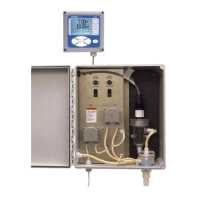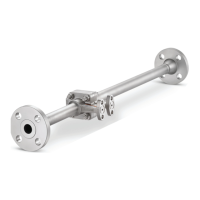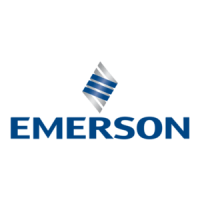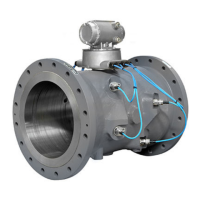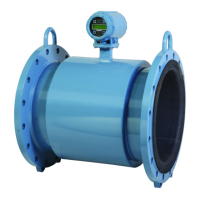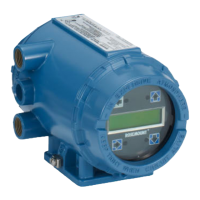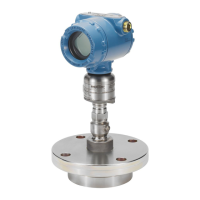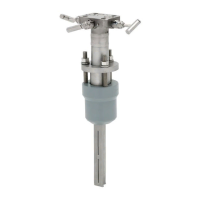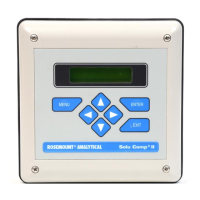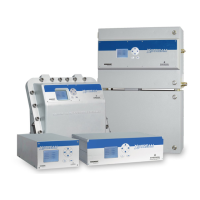Do you have a question about the Emerson Rosemount FCL and is the answer not in the manual?
Mandatory instructions for proper installation, use, and maintenance of Emerson products.
Evaluation requirements for installations near flammable liquids or in hazardous areas.
Precautions regarding shock hazard voltages during cable connection and servicing.
Importance of restricting physical access to prevent unauthorized equipment changes.
Details on general and sensor specifications for the Rosemount FCL system.
Information on system components and typical model numbers for ordering.
Procedures for inspecting the shipping container and verifying contents.
Guidelines for system placement, avoiding direct sunlight or extreme temperatures.
Specifies temperature, pressure, and flow rate requirements for the sample.
Details on wall mounting, inlet fitting, and drain connection setup.
Step-by-step guide for connecting the chlorine and pH sensors to the transmitter.
Instructions for connecting the AC mains power supply to the transmitter.
Details on connecting the analog output current signals from the circuit board.
Information on wiring the alarm relay terminal strip.
Procedures for connecting the sensor cables to the signal board.
Guide to the initial transmitter setup using the Quick Start screens.
Overview of the transmitter's four-line display and customization options.
Explanation of the transmitter's membrane keypad and navigation keys.
Tutorial on navigating programming menus and assigning values to analog outputs.
Explanation of security codes and levels to prevent unauthorized changes.
Instructions on placing sensors in hold for maintenance or calibration.
Steps to customize the main display format, language, and contrast.
Overview of settings for outputs, alarms, measurements, and security.
Table detailing factory default settings for sensor assignment, outputs, and alarms.
Guide to setting up, scaling, and simulating analog current outputs.
Instructions for setting up alarm relays, setpoints, and interval timers.
Steps to configure free chlorine and pH measurements, including filters.
Settings for temperature units and automatic/manual temperature correction.
Procedures for setting up security codes to control access to menus.
Setup for pH sensor diagnostics, including reference offset and fault limits.
Methods for clearing user-entered values and restoring default settings.
Introduction to the calibration menu and available calibration types.
Procedure for calibrating the temperature sensing element for accurate readings.
Steps for zeroing and calibrating the free chlorine sensor using standards.
Methods for calibrating the pH sensor using buffer solutions.
Steps for trimming and calibrating the analog output signals.
Procedure for replacing the pH/ORP/ISE or Chlorine sensor circuit boards.
General maintenance, cleaning, and replacement of the chlorine sensor.
Maintenance and cleaning procedures for the pH sensor.
Information on cleaning and maintaining the constant head flow controller.
Explanation of warning and fault messages displayed by the transmitter.
Steps to use the diagnostic feature for troubleshooting faults and warnings.
Table detailing fault messages, explanations, and relevant sections for resolution.
Table detailing warning messages, explanations, and relevant sections for resolution.
Common issues and their troubleshooting steps when no error message appears.
Troubleshooting pH readings that are noisy or deviate from expected values.
Procedure to simulate chlorine sensor input for transmitter testing.
Procedure to simulate pH input using a millivolt source for testing.
How to simulate temperature input using a decade box for testing.
| Brand | Emerson |
|---|---|
| Model | Rosemount FCL |
| Category | Measuring Instruments |
| Language | English |
